Tummal Inscription’ – Thirty-Two Lines Of Sumerian Document Popular In Babylonian Schools
MessageToEagle.com – The kings mentioned in the “Sumerian King List” are also attested in other important, historiographical sources.
The so-called “Tummal Inscription” (also known as “Tummal Chronicle”) that dates back to early Old Babylonian period, is one of them.
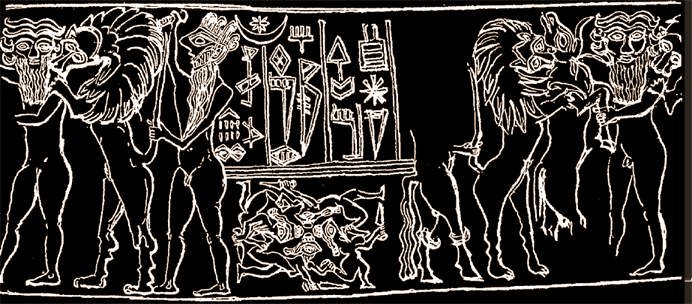
It is a writing of ancient Sumer from the time of the ruler Ishbi-Erra, an important a high-ranking official of the last king of Sumer and Akkad and last king of the Ur III dynasty.
Ishbi-Erra established his authority over much of the region controlled by the Ur III dynasty before its collapse.
The “Tummal Inscription” – especially useful in the understanding of the archeology and history of Gilgamesh – lists the names of the rulers who constructed Enlil’s temple in Nippur and Ninlil’s temple Tummal.
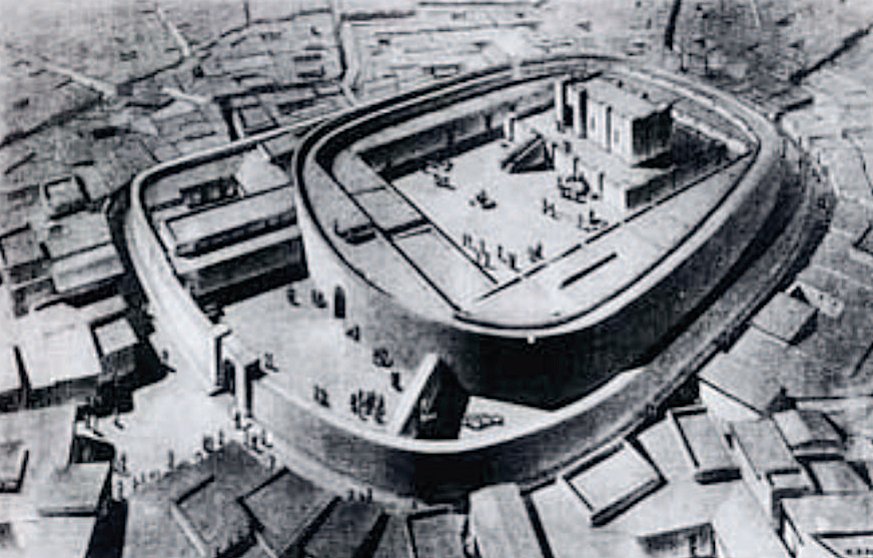
Among them, there were such prominent personalities as: Enmebaragesi, king of Kish and his heir Agga, Mes-an-ni-pa-da and his son Meskiagnunna, kings of Ur and the famous Gilgamesh, and his son Urlugal, who rebuilt the sanctuary of the goddess Ninlil in Tummal, a sacred quarter in her city of Nippur.
See also
Sumerian King List – Ancient Record Of Kingship That Has Long Been Of Great Interest
Researchers have discovered several copies of the “Tummal Inscription”, which indicates that the document was a popular document in the Babylonian schools.
Two of the copies were found by Samuel Noah Kramer (1897 – 1990), one of the world’s leading Assyriologists and a world-renowned expert in Sumerian history and Sumerian language.
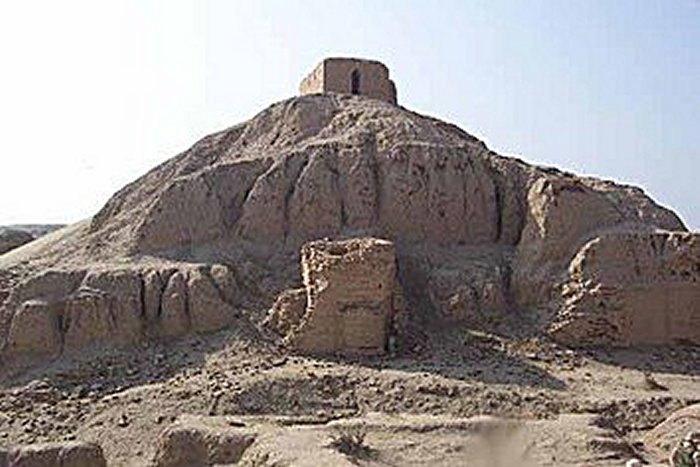
The “Tummal Inscription” credits king of Kish, Enmebaragesi with building of the first temple for Enlil in Nippur. Moreover, the document lists this particular king as its first builder and suggests that Enmebaragesi was recognized as the first king over the whole Sumer, with high ambitions for territorial expansion.
Both “Tummal Inscription” and the famous “Sumerian King List” underline the importance of Enmebaragesi (ca 27th-26th century BC, the end of the Early Dynastic II period in Sumer).
This historical data has also been confirmed by archaeological evidence in form of alabaster vessels covered with dedication inscriptions of Enmebaragesi. One of these important artifacts was unearthed during excavations of the Oval Temple in Khafaje or Khafajah (ancient Tutub), an archaeological site located about 7 miles (11 km) east of Baghdad, Iraq.
Today, researchers still focus on this ancient Sumerian dokument, which represents an expanded king-list based on the standard Old Babylonian copy-texts, which exist in numerous examples, from Ur and Nippur.
Copyright © MessageToEagle.com This material may not be published, broadcast, rewritten or redistributed in whole or part without the express written permission of MessageToEagle.com
Expand for referencesReferences:
T. Bryce, The Routledge Handbook of the Peoples and Places of Ancient Western Asia
D. Katz, GHilgamesh and Akka
Related Posts
-
 Blackfoot People Carry DNA From Unknown Ancestors Who Came To America 18,000 Years Ago
No Comments | Apr 10, 2024
Blackfoot People Carry DNA From Unknown Ancestors Who Came To America 18,000 Years Ago
No Comments | Apr 10, 2024 -
 DNA Reveals 300,000 Years Of Hominin And Animal Presence At Denisova Cave
No Comments | Jun 28, 2021
DNA Reveals 300,000 Years Of Hominin And Animal Presence At Denisova Cave
No Comments | Jun 28, 2021 -
 Justinianic Plague Struck England Before It Reached Constantinople And It Did Not Wipe Out The Roman Empire
No Comments | Nov 19, 2021
Justinianic Plague Struck England Before It Reached Constantinople And It Did Not Wipe Out The Roman Empire
No Comments | Nov 19, 2021 -
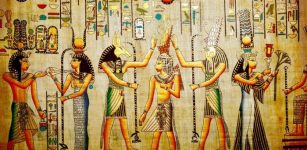 Ancient Egyptians Invented Toothpaste
No Comments | Dec 26, 2015
Ancient Egyptians Invented Toothpaste
No Comments | Dec 26, 2015 -
 Medieval Mythbusting – New Research Rewrites History Of Glastonbury Abbey
No Comments | Nov 23, 2015
Medieval Mythbusting – New Research Rewrites History Of Glastonbury Abbey
No Comments | Nov 23, 2015 -
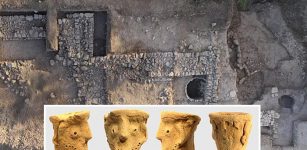 Mysterious Sanctioned Ancient Temple In Jerusalem Create Some Biblical ‘Problems’
No Comments | Mar 5, 2020
Mysterious Sanctioned Ancient Temple In Jerusalem Create Some Biblical ‘Problems’
No Comments | Mar 5, 2020 -
 Ancient Books, Scrolls And Manuscripts Burned By Church And Evil Emperors
No Comments | Feb 6, 2015
Ancient Books, Scrolls And Manuscripts Burned By Church And Evil Emperors
No Comments | Feb 6, 2015 -
 Negev Desert’s Ancient Site Tells Story About Humans, Neanderthals Coexistence
No Comments | Jun 24, 2021
Negev Desert’s Ancient Site Tells Story About Humans, Neanderthals Coexistence
No Comments | Jun 24, 2021 -
 Bjorn Ironside: Famous Viking Who Captured Luna By Mistake Instead Of Ancient Rome As Planned
No Comments | Jun 11, 2016
Bjorn Ironside: Famous Viking Who Captured Luna By Mistake Instead Of Ancient Rome As Planned
No Comments | Jun 11, 2016 -
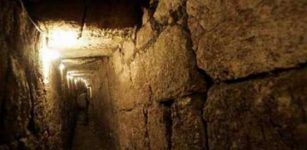 Ancient Superhighways: 12,000-Year-Old Massive Underground Tunnels From Scotland To Turkey
No Comments | Jul 19, 2015
Ancient Superhighways: 12,000-Year-Old Massive Underground Tunnels From Scotland To Turkey
No Comments | Jul 19, 2015
